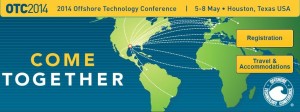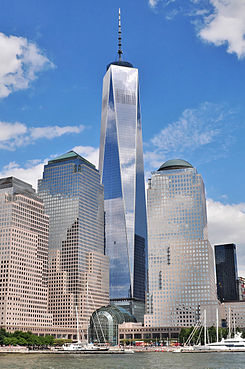A couple weeks back, Engineering Search Partners blogged about the 11 winners of Engineering-News Record’s 2014 Global Best Projects Awards. The winner for the bridge category, Dragon Bridge in the port city of Da Nang in Vietnam, is especially interesting because it’s bright yellow and shaped like a dragon. Oh, and it breathes fire!
The 666-meter-long, $86-million project was built by a team led by Louis Berger Group and Ammann & Whitney after they won a design competition judged by the local government. Berger has had a long presence in Vietnam and brought in Ammann & Whitney upon learning about the design competition. The group came up with two bridge designs, the dragon shape and an alternate low-profile bridge that consists of a five-tube steel-and-concrete arch system that carries the superstructure through spider frames and suspenders placed at 8-m intervals. After presenting both options, the dragon-shaped bridge won.
The bridge design was created with the ability for traffic to flow seamlessly onto local roads and preserve scenic views. The contractors faced challenges with the site, including a complex mix of sand, silt and clay on top of severely weathered rock.
Chris Gagnon, SVP for Ammann & Whitney said of the project:
“The government was looking for a signature bridge, an iconic bridge. We came up with two designs, including a high-level cable-stayed bridge that met the original clearance requirements. But as we looked more into the site conditions, the high-level bridge posed a problem regarding existing infrastructure that abuts the river. Building high-level ramps to tie into the highway system would have posed issues with existing buildings. On one side, there is a museum with a plaza … that would have been disrupted.”
As for the fire-breathing part of the project, the local government provided the fire-breathing mechanism that creates weekend displays, which has become a thriving tourist industry has sprung up around the bridge.
Check out an awesome video of this bridge in all its fire-breathing glory:







